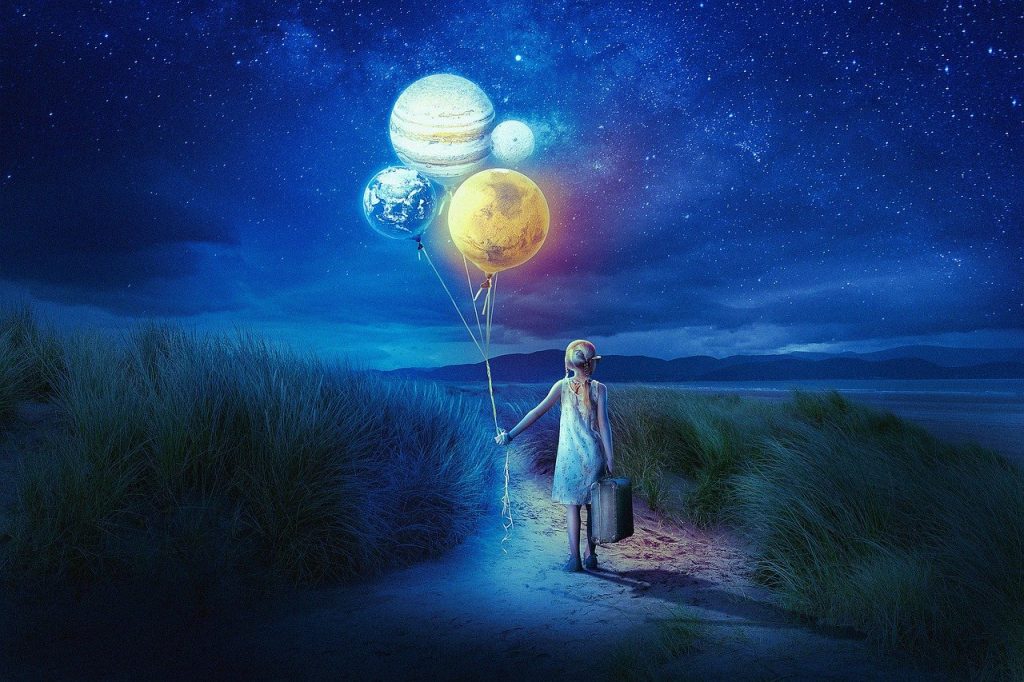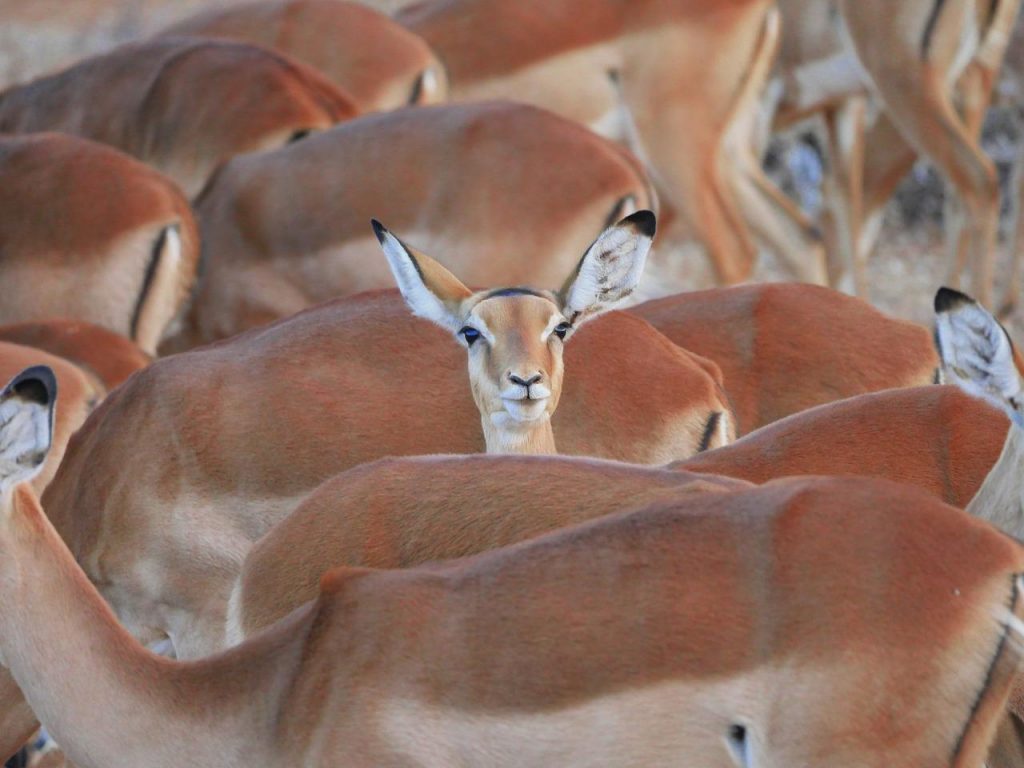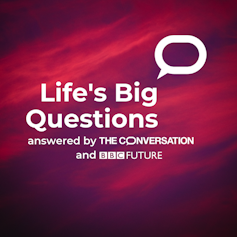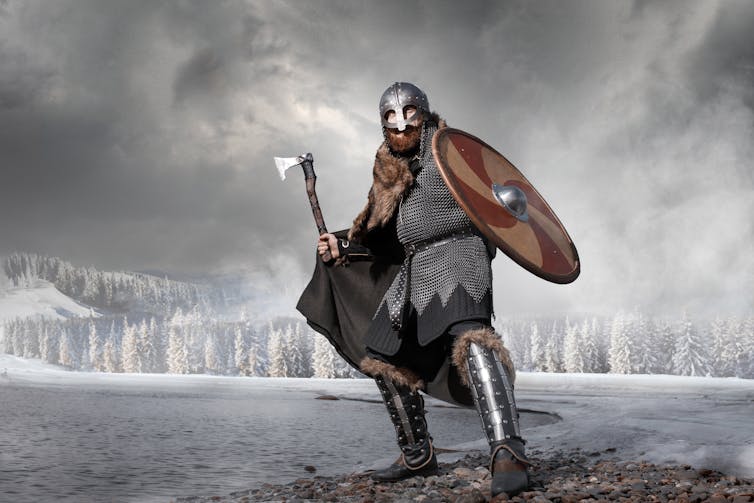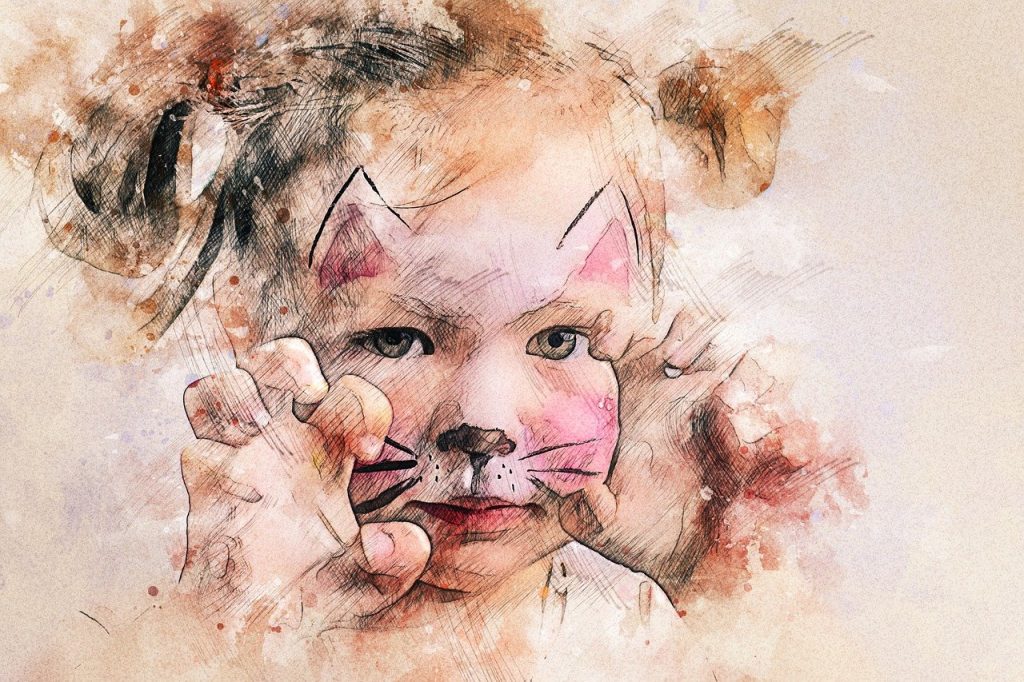
GUEST POST from Janet Sernack
In our previous blog, we shared how consciousness, imagination, and curiosity are the fundamental precursors to creativity, invention, and innovation. Where consciousness encapsulates our states and qualities of mind, our capacity for imagination and curiosity are the necessary states of mind that stimulate creativity, all of which propel successful innovators to bring the new to the world differently.
Yet, according to a recent article by the Singularity Hub “OpenAI’s GPT-4 Scores in the Top 1% of Creative Thinking”:
“Of all the forms of human intellect that one might expect artificial intelligence to emulate, few people would likely place creativity at the top of their list. Creativity is wonderfully mysterious—and frustratingly fleeting. It defines us as human beings—and seemingly defies the cold logic that lies behind the silicon curtain of machines.”
We have a “Sputnik moment” to further our creative abilities
Revealing that their recent study into the striking originality of AI is an indication, that AI-based creativity – along with examples of both its promise and peril – is likely just beginning.
“The creative abilities now realized by AI may provide a “Sputnik moment” for educators and others interested in furthering human creative abilities, including those who see creativity as an essential condition of individual, social, and economic growth”.
- What if we, as humans, could compete with, and perhaps even complement, AI-based creativity and become successful innovators?
- How might we spark our imagination and curiosity to gain new knowledge that reduces ignorance and sustains our relevance to benefit all of humanity?
How does this link to cats – successful innovators are like cats!
As an animal lover, and the second servant to two sublime household pet cats, I have always wondered why our cats are so curious, always exploring and getting into everything, and yet are also well known for having at least nine lives.
This, in many ways, is a similar experience of many successful innovators, who apply their capacity for imagination and curiosity to explore and navigate the edges of the system and wander into wonder into surprising states of boundarylessness.
In a LinkedIn blog, David Miller shares that:
“Leonardo Da Vinci taught us that curiosity is the basis for creativity and innovation. The more relentless our curiosity, the more likely we will be innovative and creative, and possibly one step closer to perfection. If we want to build innovative organizations, we should start by creating curious organizations which nurture and enhance the curiosity of people”.
- Exploration and discovery
According to a post in Quora, “Why are cats so curious” the common saying that “curiosity killed the cat,” is not entirely accurate and states that:
“Cats are naturally curious animals, who also have a strong survival instinct that helps them avoid dangerous situations. Humans, on the other hand, have evolved to have a powerful curiosity that drives them to explore and discover new things”.
- Imagination and curiosity
Suggesting that intentionally applying our imagination and curiosity, potentially enables us humans to become successful innovators, who can both survive and thrive, in today’s globally hyperconnected, constantly uncertain and continuously changing VUCA/BANI world, in ways that benefit all of humanity.
Where we have an opportunity to focus and harness our imagination and curiosity toward becoming successful innovators who cultivate and exploit their curiosity as a radical force.
Curiosity as a radical force for unforeseen bonuses
According to the author, Philip Ball in his book Curiosity – How Science Became Interested in Everything curiosity is a radical force, introduced in the mid-sixteenth century, fuelled within scientists and philosophers with a compulsion to understand why and how.
Enabling curiosity to become the engine that drives both knowledge and power, reduces ignorance and has become a source of “unforeseen practical bonuses” in all of the sciences, and innovations, since then.
Curiosity and creativity spur innovation
Curiosity is derived from the Latin “cura” which means to care. In a sense, this potentially makes successful innovators and innovative entrepreneurs “curators” of curiosities and strangeness.
Richard Freyman, in an article on curiosity, in the FS blog, states that curiosity has to:
“Do with people wondering what makes something do something. And then to discover, if you try to get answers, that they are related to each other – that thing that makes the wind make the waves, that the motion of water is like the motion of air is like the motion of sand. The fact that things have common features. It turns out more and more universal. What we are looking for is how everything works. What makes everything work”.
Someone who evokes and cares for what exists now and for what could exist possibly exists in the future by:
- Demonstrating the mental acuity, fitness, and readiness to find the peculiar and the unusual in what surrounds them, and an ability to break up familiarities and seek new associations and unlikely connections,
- Disregarding convention and traditional hierarchies, and allowing their minds to wander into spaces that are unknown, invisible, and intangible,
- Harnessing their attention and patience to evoke, provoke, incubate, and generate deep and bold questions that they listen to, to result in profound* insights.
What can successful innovators learn from cats?
A recent blog post, Why Are Cats So Curious? The Science Behind Cat Curiosity, explains that a cat’s insatiable curiosity develops as a result of its survival instinct. Cats have mental acuity and fitness, because like successful innovators, they are:
- Incredibly intelligent, and have the ability to learn from experience and remember it for years.
- Opportunistic creatures, and are always on the lookout for a chance to explore their environments.
- Attentive and observant, and have a heightened sense of awareness and constantly observe their surroundings, and listen deeply, to attend to, and discover any new, or missing objects or movements in their environment.
- Always on the move, and are driven by their need for constant exploration and mental stimulation.
- Protective in investigating any potential threats to their own and others close to them.
How to cultivate your curiosity like Leonardo De Vinci
The creative brain balances intense focus with relaxed states like daydreaming and the time and space for mind wondering and wandering. Doing this activates both our imagination and curiosity and guides any problem-solving efforts with emergent, divergent, and convergent breakthrough ideas and illuminating insights.
- Active minds, and are always asking powerful questions and searching for answers in their minds, through mind wandering and mind wondering in expectation and anticipation of new ideas and increased knowledge related to their questions.
They are grounded, mindful, and attentive in observing and recognizing ideas when they emerge.
Be a successful innovator like Da Vinci ask bold and difficult questions, listen deeply, and use the answers to develop your knowledge, and to inform your creative ideas for invention and innovation:
- How can I see this situation with fresh eyes?
- Open minds, and come from not knowing, are always searching, sensing, and discovering new worlds and possibilities that are normally not visible, in that they are often hidden behind or below the surface of normal life.
They are open to sensing, perceiving, and illuminating possibilities to crystalize new ideas.
Be a successful innovator, like Da Vinci, and keep notebooks and a daily journal by retreating, reflecting, and recording your time mind wandering and wondering in your search for insights and answers to things you don’t yet understand.
- What might I be assuming about……?
- Flexibility, adaptability, provocation and playfulness, and challenging routines, seek excitement, new adventures, and a variety of things that attract attention, increase knowledge and play, and search for a more meaningful life.
They seek learning as a fun way of expanding and applying both knowledge and imagination, as a mechanism for co-creating ideas, staying relevant, and being informed and innovating in ways that illuminate people’s hearts and minds towards effecting positive change.
Be a successful innovator, like Da Vinci and ask provocative and disruptive questions, such as: “Why do shells exist on top of mountains, why is lightning visible immediately, but the sound of thunder takes longer to travel? How does a bird sustain itself up in the air”?
- What am I missing? What matters most?
Increasing our knowledge for the benefit of humanity
Like cats, and like Albert Einstein, we can apply our imagination and curiosity and become successful innovators who explore and navigate the edges of the system, wander into wonder and surprising states of boundarylessness, in ways that benefit all of humanity, and make cultivating and harness your imagination and curiosity a daily habit:
“The important thing is not to stop questioning. Curiosity has its own reason for existing. One cannot help but be in awe when he contemplates the mysteries of eternity, of life, of the marvelous structure of reality. It is enough if one tries merely to comprehend a little of this mystery every day.” – Life Magazine 1955
Find out about our collective, learning products and tools, including The Coach for Innovators, Leaders, and Teams Certified Program, presented by Janet Sernack, is a collaborative, intimate, and deeply personalized innovation coaching and learning program, supported by a global group of peers over 9-weeks, starting October 3, 2023.
It is a blended and transformational change and learning program that will give you a deep understanding of the language, principles, and applications of an ecosystem focus, human-centric approach, and emergent structure (Theory U) to innovation, and upskill people and teams and develop their future fitness, within your unique innovation context. Find out more about our products and tools.
Image Credit: Pixabay
![]() Sign up here to join 17,000+ leaders getting Human-Centered Change & Innovation Weekly delivered to their inbox every week.
Sign up here to join 17,000+ leaders getting Human-Centered Change & Innovation Weekly delivered to their inbox every week.
